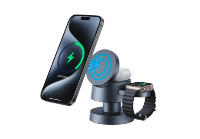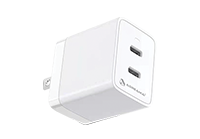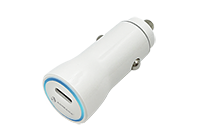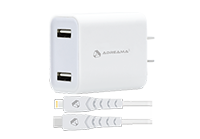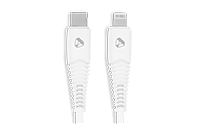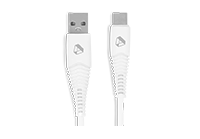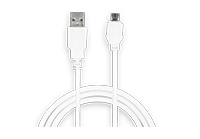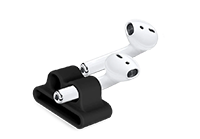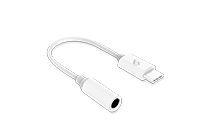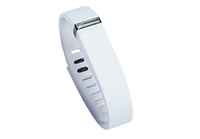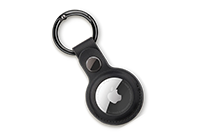Imagine driving down the highway, enjoying the freedom of the open road, when suddenly, you feel a subtle shift in your vehicle's handling. When you come outside to check your vehicle, you discover the dreaded sight – a flat tire. In such situations, having a portable tire inflator can be a true lifesaver. Compact, lightweight, and user-friendly portable tire inflators are invaluable tools for handling emergency situations on the road. In this blog, we'll walk you through how to use a tire inflator in emergency situations, from preparation and setup to inflation and troubleshooting, ensuring you're well-equipped to handle any roadside mishap with confidence and ease.
Understanding Your Portable Tire Inflator
Before diving into emergency scenarios, it's crucial to know the fundamentals of your portable tire inflator. These devices typically consist of a compressor unit, a power source (such as a car's cigarette lighter socket or a built-in battery), and an air hose with a nozzle for attachment to the tire valve stem. Some models may also include additional features like built-in pressure gauges, LED lights, and automatic shut-off mechanisms. Familiarize yourself with the components of your inflator and carefully review the manufacturer's instructions to ensure safe and effective operation.
Preparing for Emergencies
Preparation is key when it comes to handling emergencies on the road. Before starting your journey on road, take the time to inspect your cordless tire inflator and ensure it's in good working condition. If your inflator is battery-operated, ensure the battery is fully charged, or keep a set of spare batteries on hand. Also, keep your vehicle or car charged using fast car charger. Additionally, familiarize yourself with the location of your vehicle's tire inflator kit and spare tire. Consider storing a tire pressure gauge and a tire repair kit in your vehicle's emergency kit for added peace of mind. By taking these proactive steps, you'll be better prepared to tackle unexpected flat tire situations and minimize downtime on the road.
Setting Up Your Portable Tire Inflator
In the event of a flat tire, safety should always be your top priority. When faced with a flat tire, safely pull over to a flat, stable surface away from traffic, and engage your hazard lights to alert other drivers. Once parked, retrieve your portable tire inflator and set it up near the affected tire. If using a cigarette lighter socket, plug the inflator's power cord into the socket, ensuring a secure connection. If using a battery-operated inflator, ensure the battery is properly inserted and charged. Next, attach the air hose to the tire valve stem, and ensuring a tight seal to prevent air leakage. With the inflator set up and connected, you're ready to proceed with inflating your tire.
Inflating Your Tire
With your portable tire inflator properly set up and connected to the tire valve stem, it's time to begin the inflation process. Turn on the inflator and allow it to run until the tire reaches the recommended pressure level. Most portable cordless tire inflators are equipped with built-in pressure gauges or digital displays to help you monitor the tire pressure as you inflate. Refer to your vehicle's owner's manual or the tire sidewall for the recommended pressure level, and adjust the inflator accordingly. It's important to inflate the tire gradually and evenly to prevent over-inflation and ensure optimal tire performance. Once the tire reaches the desired pressure level, turn off the inflator and disconnect it from the valve stem.
Troubleshooting Tips
While using a portable tire inflator is easy, you may still encounter challenges or issues along the way. Here are some common troubleshooting tips to help you address potential problems when it comes to how to use a portable tire inflator:
- If the inflator fails to turn on, check the power source and ensure it's properly connected or fully charged.
- If the inflator is running but not inflating the tire, check the connection between the inflator and the valve stem to ensure it's secure.
- If you notice air leaking from the valve stem or hose connection, double-check the connections and tighten them as needed to prevent air leakage.
- If the tire fails to inflate properly or reaches the desired pressure level, consider seeking assistance from a roadside service provider or professional mechanic for further assistance.
Final Thoughts
Knowing how to use a portable tire inflator in emergency situations must be learned by every driver as you never know when you will come across such incidents and have to inflate the tire. By understanding the basics of how to use a tire inflator, preparing for emergencies, and following the proper setup and inflation procedures, you can effectively handle flat tire situations and get back on the road safely. Remember to prioritize safety, remain calm, and assess the situation carefully before taking action. With the right tools, knowledge, and preparation, you can tackle roadside emergencies with confidence and peace of mind, ensuring a smooth and hassle-free journey wherever the road may lead.






